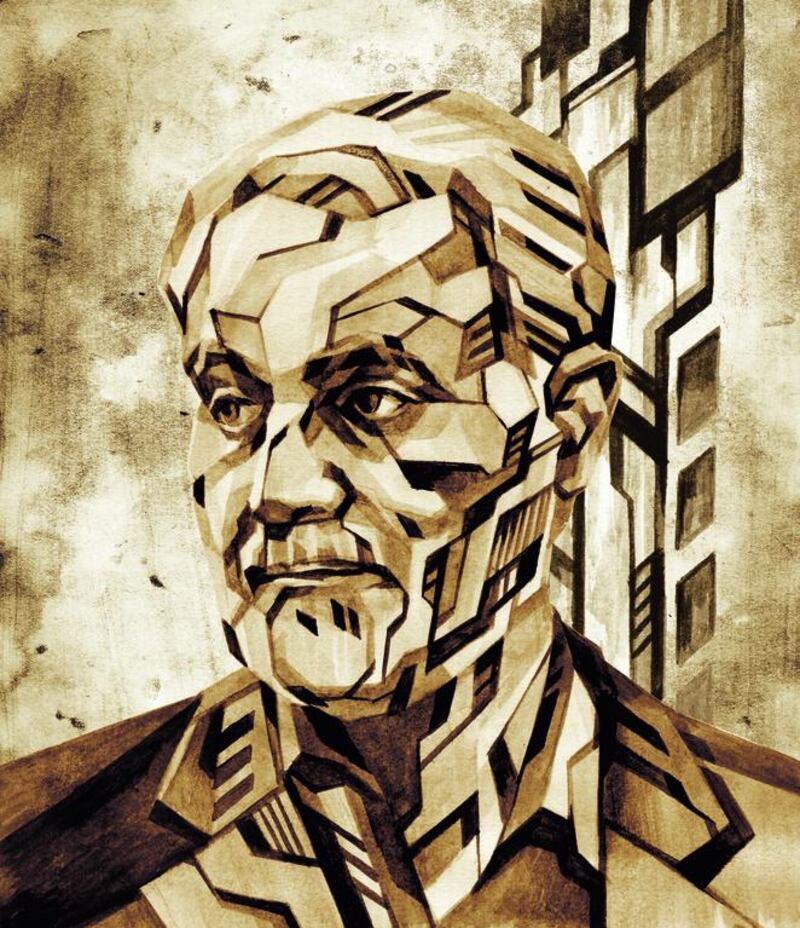Major General Qassem Suleimani, commander of Iran's Quds Force, wanted to send a message. Posing with Shiite militiamen and Kurdish peshmerga in Iraq, the images told the world that even after years of punishing sanctions and the costs of propping up Bashar Al Assad in Syria, Iran's military was at the forefront in the fight against ISIL.
Suleimani, 57, has been present on Middle East battlefields for decades, but this summer was the first time he allowed photographs of himself on the front lines to be released.
Despite brutal heat and great danger, he was on the ground, his mere presence lifting the spirits of the militias trying to push back the Islamist extremists who had crushed Iraq’s US-equipped and trained army.
Born in Rabor, a town in Iran’s impoverished east, Suleimani joined the Revolutionary Guard as a young man and fought in the 1980-88 war between Iran and Iraq that killed nearly a million people. The war was the defining experience of his life. It gave him battlefield experience, taught him military strategy and embedded in him a deep mistrust of the West, which had supplied Iraq with weapons and intelligence.
[ See all our Year in Review coverage ]
Those years on the front line proved to Suleimani’s superiors his loyalty to Iran and deep sense of nationalism. It also shaped him into a man most at home amid the chaos of battle, even if he was known for grieving deeply for the troops he had lost.
In 1998, he was appointed chief of the Quds Force, the secretive branch of the Revolutionary Guard tasked with missions abroad. For the past 16 years, he has overseen a strategy that empowered Hizbollah, revealed Israel’s military weaknesses, likely saved the Assad regime, made the US appear inept and frustrated Arabian Gulf states.
Nowhere is his influence more visible than in Iraq. Following the American-led 2003 invasion, he assisted Shiite militias in inflicting heavy causalities on US troops. Then, he made sure the politicians in Baghdad refused to allow a US military presence in the country after their official withdrawal.
Iraq’s Shiite-dominated south remained stable and the Kurdish north flourished. Yet former Iraqi premier Nouri Al Maliki’s clampdown on Sunnis sowed the discontent that made possible the ISIL takeover of large areas of the country’s west and north.
Suleimani returned to Baghdad. He and his Quds Force officers organised and trained Shiite militias to assist the Iraqi military and Kurdish peshmerga to curb ISIL’s onslaught even as the US bombed the militants and offered their own training and arms to certain groups. It is not yet possible to tell whether Iranian or US assistance has been more effective in helping the Iraqis to fight ISIL. Yet Suleimani decided to make his presence visible as he helped to retake territory, similar to the way he helped the Assad regime crush protests and defeat rebels in towns and cities across Syria.
It is doubtful that being an indirect ally of the US against ISIL bothers Suleimani. The photographs of the pragmatic general gave Iran a stronger hand in negotiations with the US and other world powers over Tehran’s controversial nuclear programme. His presence proved that the Quds force was still in a position to help allies, including dictators like Al Assad or Shiite militants in countries like Yemen and Lebanon.
jvela@thenational.ae
Justin Vela is the Gulf Correspondent for The National.





